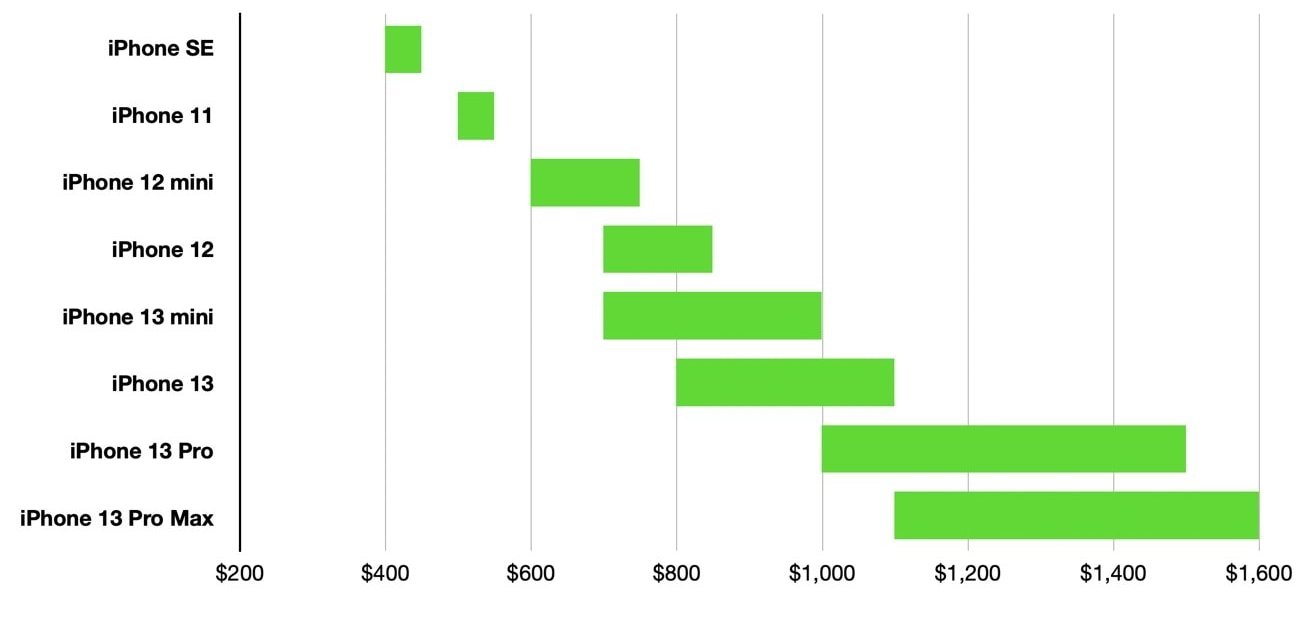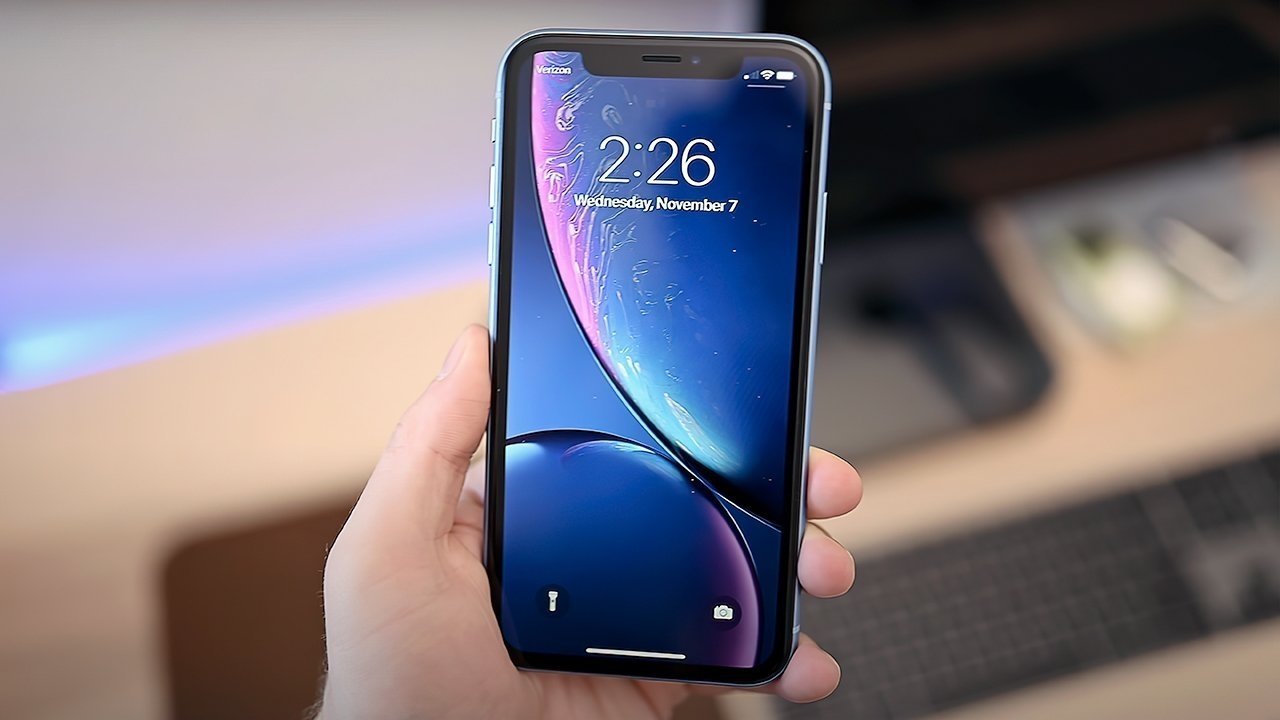A new report about iPhone usage in the United States points out that Apple's support of older models helps to maintain a healthy second-hand market, challenging Android pricing.
The iPhone has always enjoyed a long lifespan, with users keeping their devices for quite a few years after purchase. Apple's handling of older models has helped it become the dominant smartphone in use in the United States.
In an article discussing iPhone ownership, the Wall Street Journal attempts to explain how Apple has become the most-used smartphone in the United States, and manages to profit from it.
Referring to reports from Counterpoint Research, Apple's share of in-use cellphones in the U.S. crossed the 50% mark for the first time. As of December, iPhones made up 52.5% of smartphones in use in the country, with analyst Hanish Bhatia believing the number will keep creeping up until changes are made on the Android side.
The growth is in part due to how Apple continues to support its older smartphone models, with software upgrades issued to devices sold as early as 2017. This policy led to iPhones having a "considerable afterlife," and being handed down or resold to two or three owners.
The lifecycle starts with the purchase of a new smartphone, often at a hefty premium because users want the most features they can afford, for something they're going to use for quite a while. They're also more likely to buy into Apple's various services, as part of the wider Apple ecosystem.
Parallels are made with the auto market, in that they are "expensive and durable," but for most, older models are "more than good enough." Add in trade-ins with carriers and the hefty second-hand market, and there's another parallel.
Another factor playing into the effect is Apple's premium pricing, with the cost of iPhones rising to an average price of more than $900 in the 2022-2023 holiday season. This is a 10% rise from one year prior.
 Prices for iPhones from the time of the iPhone 13, demonstrating the expansive premium pricing available back then.
Prices for iPhones from the time of the iPhone 13, demonstrating the expansive premium pricing available back then. Apple does offer new smartphones across an extremely wide overall price range, though a considerable part of that range is usually made up of high-end options for its flagship models.
The premium pricing also plays into the aftermarket, with second-hand and refurbished sales also being handled by Apple, alongside a growing number of third parties. Approximately 283 million used or refurbished smartphones were sold in 2022, estimated IDC, with analysts at CCS Insight believing Apple makes up 80% of that market by value.
By spending so much on a device, users are more inclined to either trade it in or to resell it, to earn back some of what was originally spent on buying the then-new model to begin with.
The repeated sales or cascading upgrades to other family members can eventually result in a sale of an iPhone to another person at the cost of an Android device. Even here, Apple can profit from the whole enterprise.
While Apple isn't earning more sales from users holding onto iPhones for so long, it is still raking in revenue from its Services business. With users relying on the App Store and services like Apple Music, there's money coming in long after that device sale.
With a 71.5% gross margin in the last quarter, Apple's Services are also a high-profit element, especially compared to overall company margins of 43.3%.
There is a warning that this is an effect that could be reversed quite quickly, such as the precipitous decline that hit Nokia and BlackBerry.
However, it is reckoned that this could go beyond a U.S.-specific effect. A trend of a longer iPhone usage life could spread into other regions eventually.
This would be at slower rates than in the U.S., such as the prevalence of Android devices in Europe and other territories. But with aftermarket sales developing rapidly, this too could also change.
 Malcolm Owen
Malcolm Owen








 Christine McKee
Christine McKee

 Marko Zivkovic
Marko Zivkovic

 Andrew Orr
Andrew Orr
 Andrew O'Hara
Andrew O'Hara
 William Gallagher
William Gallagher



-m.jpg)



1 Comment
Wait, what? Tech forums are full of ranting and grinding of teeth about planned obsolesce and forced upgrades whenever Apple moves on with new hardware requirements. This article appears to fly in the face of those claims and paints a picture of a vibrant secondary market for older devices.
Someone explain please, preferably one of the ranters about forced upgrades and planned obsolescence.